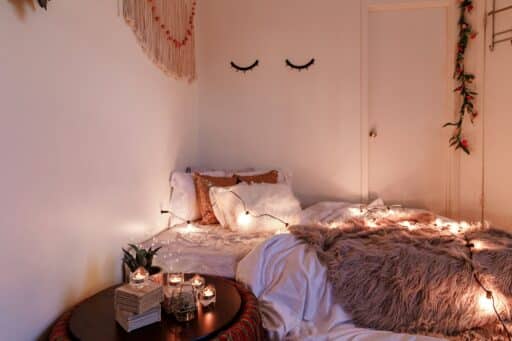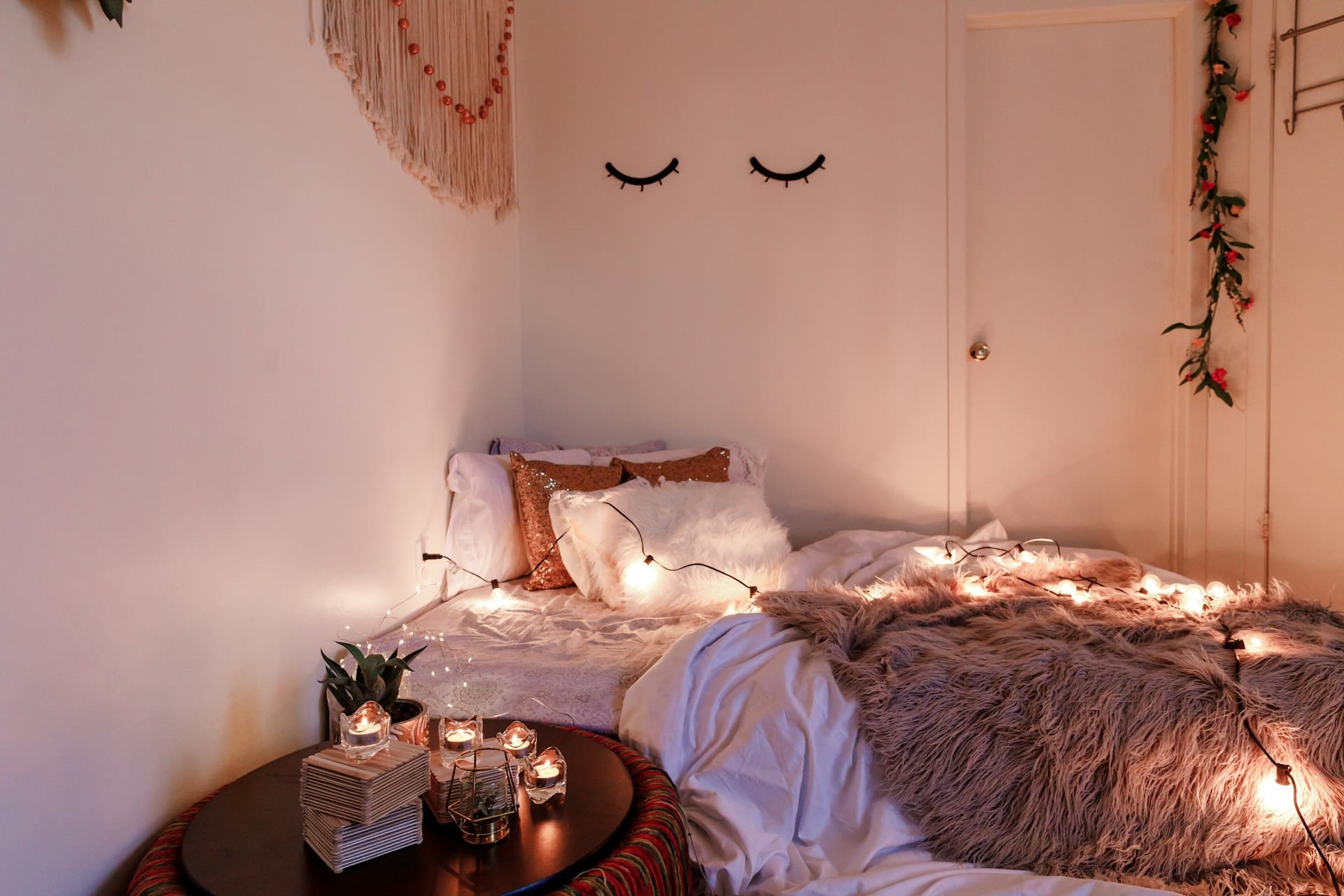Dark rooms can make even the most beautiful homes feel cramped and unwelcoming. Whether it’s a basement family room, a hallway with no windows, or a kitchen tucked away from natural light sources, these spaces often become underutilized areas that homeowners avoid. The good news is that several proven strategies can transform these dim spaces into bright, inviting rooms that people actually want to spend time in.
The challenge with dark rooms isn’t just about adding more light fixtures. Artificial lighting can only do so much to replicate the warmth and natural feel of daylight. Real solutions require understanding how light behaves in interior spaces and choosing improvements that maximize both natural and artificial light sources.
Natural Light Solutions That Make the Biggest Impact
Adding more natural light typically provides the most dramatic transformation for dark rooms. The key is identifying which approach works best for each specific situation and budget.
Expanding existing windows often delivers excellent results, particularly when the current windows are small or poorly positioned. Enlarging a window opening can double or triple the amount of natural light entering a room, but it requires structural considerations and proper permits. The investment usually pays off through improved livability and increased home value.
For rooms without exterior walls, overhead solutions become necessary. Installing a skylight can flood interior spaces with natural light from above, creating dramatic improvements in rooms that seemed hopeless before. The placement and size of overhead light sources significantly affects how well they work, so professional consultation often makes sense for these projects.
Light wells represent another option for below-grade spaces. These involve excavating around basement windows to create small courtyards that allow natural light to reach lower levels. While more involved than other solutions, light wells can transform dark basements into genuinely pleasant living spaces.
Strategic Interior Changes That Amplify Available Light
Sometimes the issue isn’t lack of light sources but rather how existing light gets absorbed or blocked by interior elements. Smart changes to room layout and finishes can dramatically improve brightness without major construction.
Wall colors make an enormous difference in how bright a room feels. Dark colors absorb light while lighter shades reflect it throughout the space. This doesn’t mean everything needs to be white – warm, light colors can brighten a room while maintaining personality. The ceiling color matters especially, since it’s the largest uninterrupted surface in most rooms.
Removing or relocating interior walls can allow natural light from one area to reach darker spaces. Opening up a wall between a bright room and a dim one often creates a more functional layout while solving lighting problems. Even partial wall removal or adding interior windows can help light travel between spaces.
Mirror placement becomes a strategic tool in dark rooms. Large mirrors positioned opposite or adjacent to windows can effectively double the apparent amount of natural light. The key is angling mirrors to reflect light deeper into the room rather than just back toward the window.
Artificial Lighting Strategies That Actually Work
When natural light options are limited, the right artificial lighting plan can create bright, comfortable spaces that don’t feel artificial.
Layered lighting beats a single overhead fixture every time. Combining ambient lighting (general room illumination), task lighting (for specific activities), and accent lighting (for visual interest) creates depth and eliminates harsh shadows that make spaces feel dim.
LED technology has changed what’s possible with artificial lighting. Modern LEDs can produce light that closely mimics natural daylight, and they generate very little heat compared to older bulb types. This makes it practical to use more fixtures without worrying about cooling costs or bulb replacement frequency.
Under-cabinet lighting in kitchens, toe-kick lighting in bathrooms, and cove lighting in living areas can add significant brightness without the harshness of additional overhead fixtures. These indirect lighting sources create a soft, even glow that makes spaces feel larger and more welcoming.
Cost-Effective Quick Fixes That Deliver Results
Not every lighting solution requires major renovation. Several simpler changes can noticeably improve room brightness without significant expense or construction.
Switching to lighter window treatments allows more natural light while maintaining privacy. Heavy drapes and dark blinds block substantial amounts of available light. Light-colored curtains, white or cream blinds, or even sheer panels can make rooms feel much brighter during daylight hours.
Replacing solid interior doors with glass panel doors helps light flow between rooms. French doors, doors with glass inserts, or even frosted glass panels maintain privacy while allowing light to travel throughout the home.
Adding or improving existing light fixtures often provides immediate improvement. Replacing a single ceiling fixture with multiple recessed lights, adding table or floor lamps, or installing track lighting can dramatically change how bright and welcoming a room feels.
Furniture arrangement affects light distribution more than most people realize. Tall furniture pieces can block light from reaching certain areas of a room. Repositioning large items away from windows and light sources allows better light circulation.
Planning Your Lighting Improvement Project
The most effective approach combines multiple strategies rather than relying on a single solution. Start by assessing which natural light improvements are feasible, then plan artificial lighting to complement those changes.
Budget considerations often determine which improvements happen first, but it’s worth planning the complete transformation even if it happens in phases. Natural light improvements typically provide the best return on investment, both in terms of daily enjoyment and home value.
Professional consultation makes sense for structural changes involving windows, skylights, or wall removal. These projects require permits and expertise to ensure proper installation and weather sealing.
The difference between a dark, unwelcoming room and a bright, comfortable space often comes down to understanding how light works and choosing the right combination of improvements. Whether through major renovations or simple changes, transforming dark rooms into bright, inviting spaces is one of the most rewarding home improvements possible.








